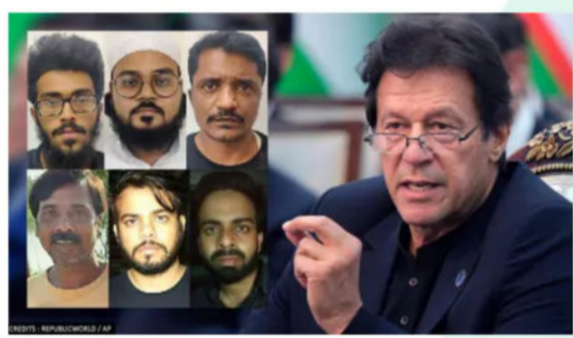Radicalisation of the Youth
Figure 1: No Copyright Infringement Intended
Context
- Recently, a ISIS module was busted by the National Investigation Agency. The module was found to have a pan-india presence, stretching across Jammu & Kashmir, Karnataka, Maharashtra and Kerala.
- The investigations have gone on to reveal that online radicalisation played an important role in the recruitment of members as well as the preparation and/or execution of extremist activities by the members.
Fundamentalism – Violence Matrix:

Factors Behind Radicalisation:
- Individual socio-psychological factors, which include grievances and emotions such as alienation and exclusion, anger and frustration and a strong sense of injustice.
- Socio-economic factors, which include social exclusion, marginalisation and discrimination (real or perceived), limited education or employment etc.
- Political factors, which include weak and non-participatory political systems lacking good governance and regard for civil society. ¢ Social media, which provides connectivity, virtual participation and an echochamber for like-minded extremist views, accelerates the process of radicalisation.
- Religious factors like the use of religion by Islamic State of Iraq and the Levant (IS) to spread its influence all over the world is an example.
Forms of Radicalisation in India
- Politico-Religious Radicalism : it is associated with a political interpretation of religion and the defence, by violent means, of a religious identity perceived to be under attack. » Use of Religion by ISIS to spread its influence all over the world is an example.
- Right-Wing Radicalism : It is a form of radicalization associated with fascism, racialism/racism, supremacism and ultranationalism.
- Left Wing Radicalism: This form of radicalization focuses primarily on anti-capitalist demands and calls for the transformation of political systems considered responsible for producing social inequalities, and that may ultimately employ violent means to further its cause.
Steps taken in India
- Institutional : The Ministry of Home Affairs had set up on Counter- Terrorism and Counter Radicalisation division in November
- The focus of the division is largely on the implementation and administration of counter-terror laws and monitoring of fundamentalist organisations such as the Students Islamic Movement of India, Popular Front of India, Jamaat-e-Islami and Sanatan Sanstha.
- Legislative Actions : Some acts such as Unlawful Activities (Prevention) Act, 1967 (UAPA), NIA Act, 2008 deals with the associated issues.
- Moreover, strengthening the provisions in the Unlawful Activities (Prevention) Act, 1967 to combat terror financing co radicalisation purpose also) by criminalizing the production or smuggling or circulation of high quality counterfeit Indian currency as a terrorist act and enlarge the scope of proceeds of terrorism to include any property intended to be used for terrorism.
Way Forward :
- Definition of Radicalisation : Definition will allow the state to develop programmes and strategies to effectively combat such radical ideas, thereby addressing the problem of radically motivated violence.
- The definition of radicalisation would also help provide clarity as regards the purpose of implementation of the Action Plan.
- Deradicalisation Strategies at War-footing : The Indian state should develop and enforcé de-radicalisation, counter-radicalisation and anti-radicalisation Strategies at a pan-India and pan-ideology level on a war footing.
- Such attempts must be informed by the fact that the battle against radicalisation begins in the minds and hearts much before it manifests in terms of violence.
- Any programme aimed at deterring or reversing radicalisation must focus on the ideological commitment that enables the violence, rather than the violence or the justification of violence itself.
- curb Cross-Border Flow of Propaganda : Efforts must be made to first stem the flow of propaganda from across the Indian borders.
- A uniform statutory or policy framework to deal with radicalisation, deradicalisation and its associated strategies should be developed.
- Rehabilitation Measures : Arrested and convicted individuals must not only be prosecuted and punished as a measure of deterrence or retribution but their reformation and rehabilitation must also be prioritised.
- The promotion of the syncretic nature of religions in India should be promoted through the development of counter-narratives, promotion of constitutional values and virtues, promotion of sports and other activities in schools and other educational institutions aimed at mainstreaming the youth.




1.png)
